Undergraduate Research - Spring Semester 2012

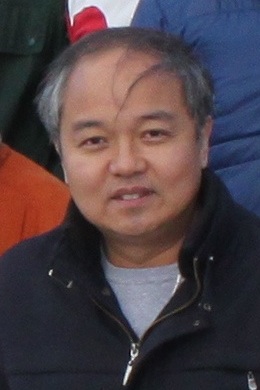
Erik Bates - Advisor: Yang Wang
In a project related to image processing, we attempt to reconstruct functions from non-harmonic samples of their Fourier transforms. Given these samples, we first translate the problem into a matrix-vector equation. We next perform a pseudoinverse Fourier operation, selecting a regularization to manage the ill-posed nature of the problem. The task of reconstruction becomes considerably more difficult when noise is added, so we consider several total variation approaches to remove its effect. Our research involves finding the delicate balance of the above methods.
In a project related to image processing, we attempt to reconstruct functions from non-harmonic samples of their Fourier transforms. Given these samples, we first translate the problem into a matrix-vector equation. We next perform a pseudoinverse Fourier operation, selecting a regularization to manage the ill-posed nature of the problem. The task of reconstruction becomes considerably more difficult when noise is added, so we consider several total variation approaches to remove its effect. Our research involves finding the delicate balance of the above methods.

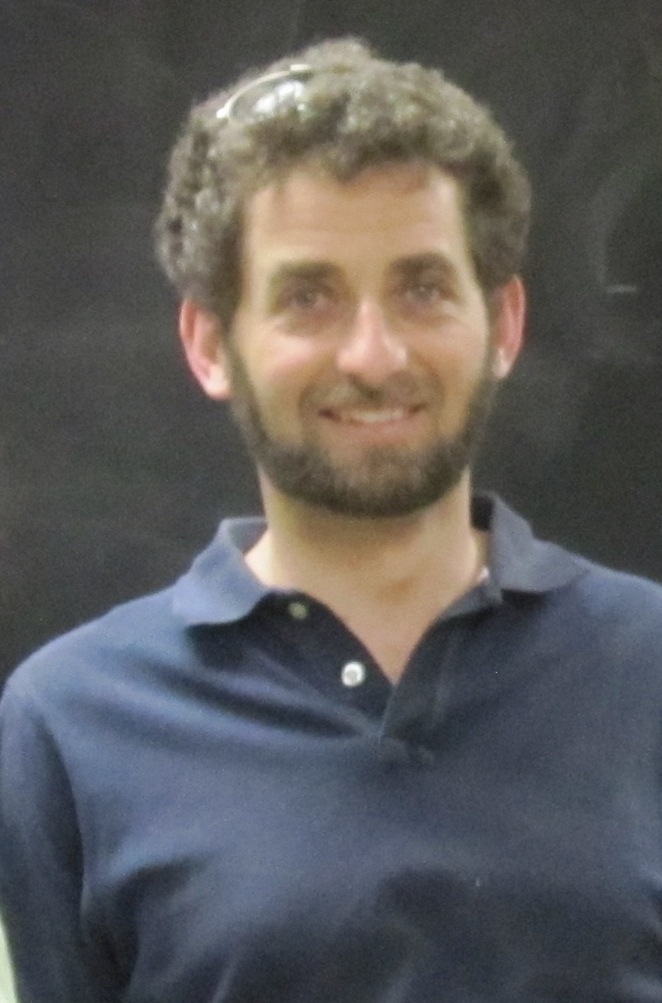

Erik Bates, Trevor Steil - Advisor: Jeffrey Schenker
We work with Professor Schenker to understand random walks. We are currently studying a simplified version of what are known as "true" self-avoiding walks. In a true self-avoiding walk, a walker moves on a d-dimensional grid, but has a tendency to avoid returning to sites previously visited. The variant we are currently investigating places the walker in a random, static environment that does not depend on the walker's previous trajectory and tells the walker which locations are preferred. We aim to compute the walker's expected distance from the starting position after n steps and apply the methods used to understand the true self-avoiding walk.
We work with Professor Schenker to understand random walks. We are currently studying a simplified version of what are known as "true" self-avoiding walks. In a true self-avoiding walk, a walker moves on a d-dimensional grid, but has a tendency to avoid returning to sites previously visited. The variant we are currently investigating places the walker in a random, static environment that does not depend on the walker's previous trajectory and tells the walker which locations are preferred. We aim to compute the walker's expected distance from the starting position after n steps and apply the methods used to understand the true self-avoiding walk.


Benjamin Johnson - Advisor: Sabrina Keller
Dr. Keller and I are coding in Java to develop a software tool that is intended to be an educational aid. The software presents several concepts behind the field of game theory in an approachable, easily understandable, and entertaining manner. Our work will contribute to students' eductational experience in the future. I have learned many new things and gained much experience from this project, and I am glad to have worked with Dr. Keller.
Dr. Keller and I are coding in Java to develop a software tool that is intended to be an educational aid. The software presents several concepts behind the field of game theory in an approachable, easily understandable, and entertaining manner. Our work will contribute to students' eductational experience in the future. I have learned many new things and gained much experience from this project, and I am glad to have worked with Dr. Keller.


Jared Jonckheere - Advisor: Tien-Yien Li
We worked on constructing a database system for the collection of polynomial systems we encountered in our research.
We worked on constructing a database system for the collection of polynomial systems we encountered in our research.
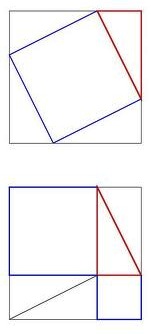
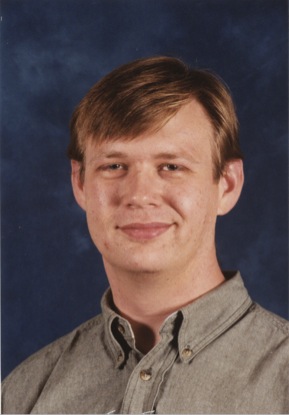
Andrew Melfi - Advisor: Andrew Christlieb
I spent my junior and senior year working with Dr. Andrew Christlieb on a new method for numerically approximating solutions to partial differential equations, called RIDC (Revisionist Integral Deferred Correction). It is a parallel method, designed to maximize the power obtained by running on a multiprocessor system. While there I learned a great deal about numerical methods, and learned to program in CUDA (A language for programming graphics cards to perform computations). It was a great crossover between my math and computer science degrees. I was financially supported during the school year by Dr. Christlieb's grant and during summers by generous CNS Summer Research Fellowships.
I spent my junior and senior year working with Dr. Andrew Christlieb on a new method for numerically approximating solutions to partial differential equations, called RIDC (Revisionist Integral Deferred Correction). It is a parallel method, designed to maximize the power obtained by running on a multiprocessor system. While there I learned a great deal about numerical methods, and learned to program in CUDA (A language for programming graphics cards to perform computations). It was a great crossover between my math and computer science degrees. I was financially supported during the school year by Dr. Christlieb's grant and during summers by generous CNS Summer Research Fellowships.
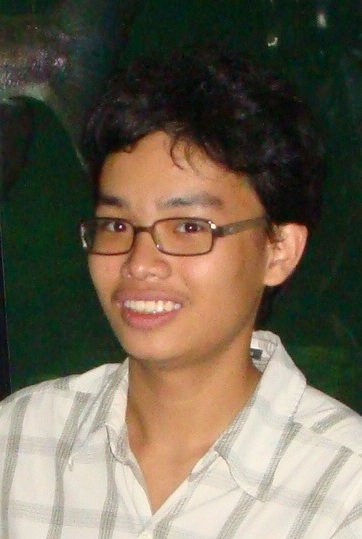
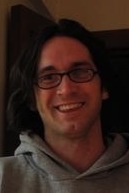
Minh Pham - Advisor: Matthew Hedden
Minh and I met regularly to discuss the mathematical theory of knots. We talked about different ways to represent knots, e.g. by projections, functions, and so-called grid diagrams. This latter representation lends itself to the construction of a powerful invariant called knot Floer homology, which we discussed in some detail. Along the way we also treated more classical approaches to knot theory like the theory of Fox colorings.
Minh and I met regularly to discuss the mathematical theory of knots. We talked about different ways to represent knots, e.g. by projections, functions, and so-called grid diagrams. This latter representation lends itself to the construction of a powerful invariant called knot Floer homology, which we discussed in some detail. Along the way we also treated more classical approaches to knot theory like the theory of Fox colorings.

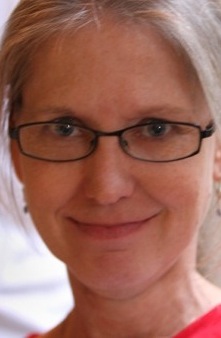
Patrick Montgomery - Advisor: Patricia Lamm
We studied inverse problems through working with computer programming. Using these methods, we made progress on the solution of an inverse problem in computer tomography.
We studied inverse problems through working with computer programming. Using these methods, we made progress on the solution of an inverse problem in computer tomography.
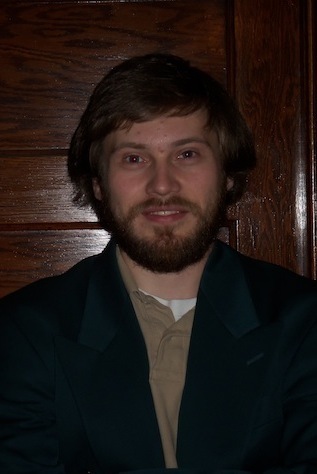

Nick Ovenhouse - Advisor: Tien-Yien Li
In order to solve systems of polynomial equations, we implemented a wide range of homotopy based algorithms.
In order to solve systems of polynomial equations, we implemented a wide range of homotopy based algorithms.


Mayank Patke - Advisor: Peter Magyar
Mayank Patke is a junior at Okemos High School who has been doing a research project with Professor Magyar since last Fall. Mayank has been studying finite fields and combinatorial enumeration techniques, and working to apply Polya's method to the Galois action on a finite field.
Mayank Patke is a junior at Okemos High School who has been doing a research project with Professor Magyar since last Fall. Mayank has been studying finite fields and combinatorial enumeration techniques, and working to apply Polya's method to the Galois action on a finite field.
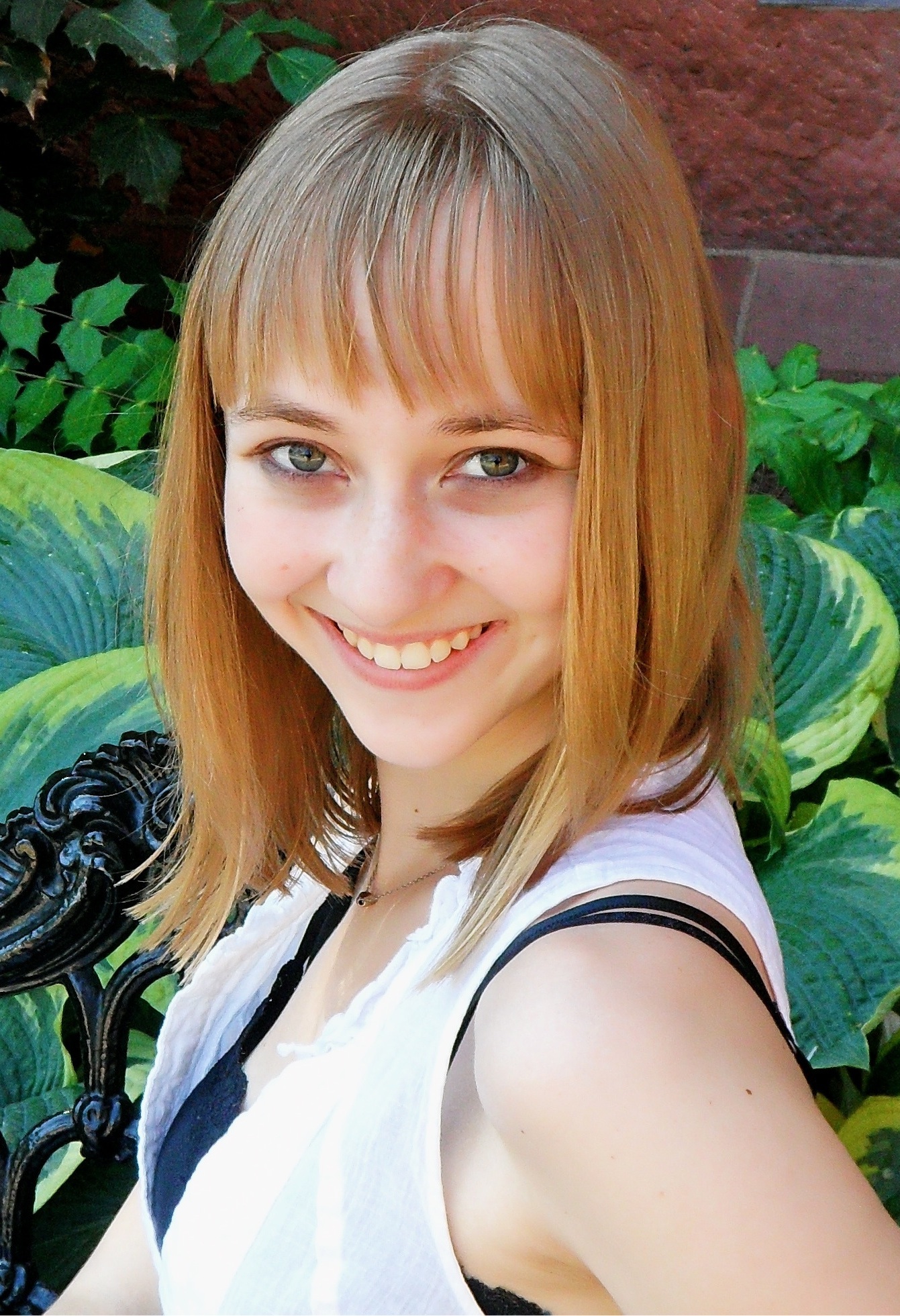
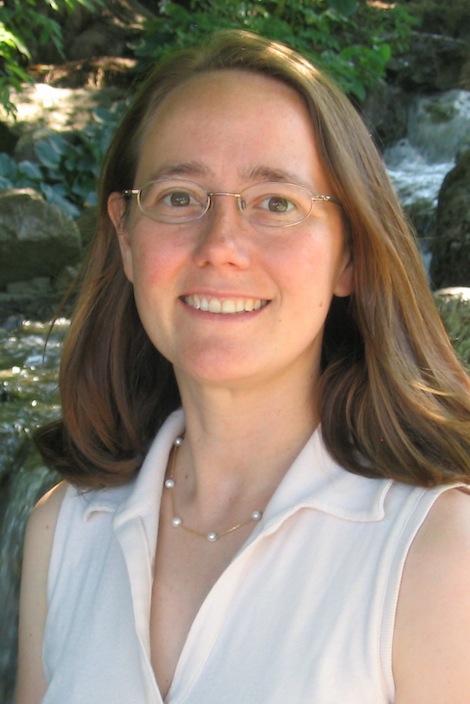
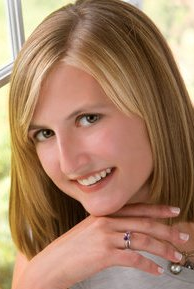
Anna Perrin and Kellie Stilson - Advisor: Ashley Ahlin
Since we are studying Mathematics and Education, the math department paired us with local mathematician, Ashley Ahlin, to combine these two areas. Ashley had started an extracurricular math learning opportunity for elementary school aged children (Kindergarten through about 3rd grade) called a Math Circle (more information can on Math Circles can be found on www.mathcircles.org). With her help, we organized, began, and taught our own math circle in the East Lansing community aimed at 5th-6th grade students. The program met twice per month for an hour and a half each meeting. Besides observing Ashley's circle (which met once per month), we both taught the middle school circle starting in January. We both made lesson plans for one lesson per month and taught the lesson (usually to about 10-12 students). We also controlled advertisement, which included creating a Facebook page, flyers, an email list, and visiting Whitehills Elementary to promote the activity. In addition, we applied for and received a grant (connected to a continuing grant that Ashley obtained) to help fund materials for the circle. This included paying for the teacher to stay after school, for a circle-sponsored snack each meeting, and for various materials including paper and pencils. We obtained positive feedback from the students who regularly attended and the teachers/observers present. We hope to start the circle again immediately in the fall of the upcoming year (2012) to allow students to participate year round. This research activity was helpful to our studies because it allowed us to study new math material (including but not limited to topology, codes, and game theory), organize our studies into lesson plans, and directly interact with students while teaching the lessons. We hope to continue to run this activity for those looking for math education research opportunities, only improving it from our experiences this year!
Since we are studying Mathematics and Education, the math department paired us with local mathematician, Ashley Ahlin, to combine these two areas. Ashley had started an extracurricular math learning opportunity for elementary school aged children (Kindergarten through about 3rd grade) called a Math Circle (more information can on Math Circles can be found on www.mathcircles.org). With her help, we organized, began, and taught our own math circle in the East Lansing community aimed at 5th-6th grade students. The program met twice per month for an hour and a half each meeting. Besides observing Ashley's circle (which met once per month), we both taught the middle school circle starting in January. We both made lesson plans for one lesson per month and taught the lesson (usually to about 10-12 students). We also controlled advertisement, which included creating a Facebook page, flyers, an email list, and visiting Whitehills Elementary to promote the activity. In addition, we applied for and received a grant (connected to a continuing grant that Ashley obtained) to help fund materials for the circle. This included paying for the teacher to stay after school, for a circle-sponsored snack each meeting, and for various materials including paper and pencils. We obtained positive feedback from the students who regularly attended and the teachers/observers present. We hope to start the circle again immediately in the fall of the upcoming year (2012) to allow students to participate year round. This research activity was helpful to our studies because it allowed us to study new math material (including but not limited to topology, codes, and game theory), organize our studies into lesson plans, and directly interact with students while teaching the lessons. We hope to continue to run this activity for those looking for math education research opportunities, only improving it from our experiences this year!

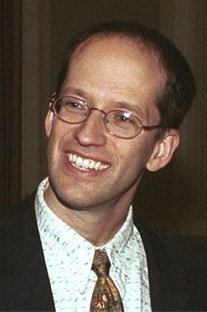
David Tacia - Advisor: Keith Promislow
David Tacia is looking at models of deformations of elastic ropes hanging under gravity. The continuum model is not well-posed and we are investigating discrete versions looking for non-smooth behavior.
David Tacia is looking at models of deformations of elastic ropes hanging under gravity. The continuum model is not well-posed and we are investigating discrete versions looking for non-smooth behavior.
Mathematics Department